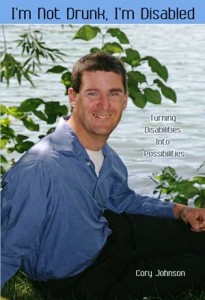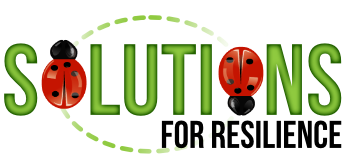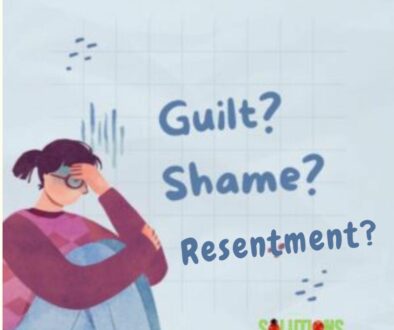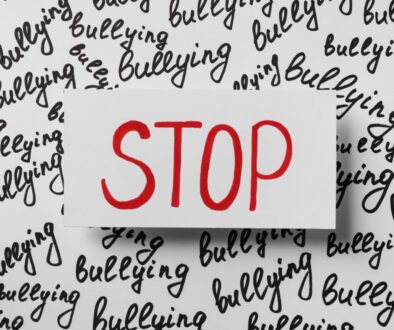What Is Stigma and How to Minimize It

Sharla, a Your Uplift reader, wrote to be about stigma:
“In my work I find one of the most challenging aspects many patients face in their recoveries is the stigma they face in regards to personality disorders and addiction. There are such awful preconceived ideas about these populations that add a lot of barriers for change and resilience in their lives. Any resources or knowledge you have to share for this would be great!”
After reading Sharla’s note, I began to ask myself, “What is stigma?” and “Who is stigmatized?“ Many people want to belong and yet experience judgement, discrimination, and rejection. In high school I did not fit in. I came from a poor home, had unidentified learning difficulties, and wore barn boots with my aunt’s mis-fitting coat.
What is Stigma?
The Oxford Dictionary definition of stigma is:
A mark of disgrace associated with a particular circumstance, quality, or person: the stigma of mental disorder or to be a non-reader carries a social stigma.
Those who have experienced the judgement of stigmatization often feel shame (a discomfort in merely being), distrust, embarrassment, hopeless, depressed, and angry. As a result, they can become secretive, withdrawn, and isolated.
So who are these stigmatized people? How do researchers describe those who are shamed, distanced from the culture norm, and stigmatized?
Erving Goffman’s Take on Stigma
In 1963 the Canadian sociologist, Erving Goffman, published Stigma: Notes on the Management of Spoiled Identity. Goffman described stigma as the ‘situation of the individual who is disqualified from full social acceptance’. He also identified three categories of social stigma:
- Physical: Those who look different may be missing body parts. They may have scars, burns or birth abnormalities. They have different skin colour, a slight body (anorexia nervosa), a heavy body (obesity), or wear barn boots to high school.
- Character: Those who have deviated from our cultural norms in behaviour, preferences or personality may act differently because of a sexual preference, dropping out of school, mental disabilities (brain impairment), learning disabilities, mental illness, addiction (misusing alcohol, illegal drugs, gambling, sex) or breaking the law. Even when these people have their behaviors in control they tend to be shunned and judged.
- Tribal: Those who belong to a different collective or religion outside the predominant ethnic, nationality or religious group vary greatly depending on their community and country.
Seven Ways we Can Avoid Stigmatizing Others
- Question our assumptions about those we meet who are different in some way.
- Delete from our vocabulary judgemental and derogatory terms such as wacko, crazy, SICK, nut bar, retard, delusional and freak.
- Challenge the stereotypes of deviants presented by the media as in television shows and horror movies. The fact is that many people who are stigmatized are more often the victims of crime rather than the perpetrators.
- Educate ourselves about conditions and diagnoses of those with whom we interface at work, at home, and in our communities.
- Speak up when we witness judgement, labelling and misunderstanding.
- Offer compassion, hope and a good listening ear. Focus on others’ strengths, good intentions, and even their smiles.
- Ask, “How can I help?”
Flex Your Resilience If and When Stigmatized!
Here are seven ways that those who are stigmatized can flex their resilience:
- Learn everything you can about your differentness. Learn about your diagnosis (if you have one), your limitations and your strengths.
- Avoid trying to act normal. The only place you can find Normal is on the dryer between Hot and Cold. If you are illiterate wearing reading glasses does not get you the help you need. Also one lie about who you are can easily lead to anxiety, self-loathing, misunderstandings . . . and more deceit.
- If you have limitations, accept them along with developing strategies to better manage your challenges. Once you name what is going on, it is easier to address it.
- Accept that most people who are guilty of stigmatization do it out of ignorance. Educate them.
- D
 evelop some humor lines to reduce tension when people make assumptions. My friend, Cory Johnson, who lives with Cerebral Palsy and walks awkwardly and wears a T-shirt with, the the words, I’m not drunk. I’m disabled. It is also the name of his book.
evelop some humor lines to reduce tension when people make assumptions. My friend, Cory Johnson, who lives with Cerebral Palsy and walks awkwardly and wears a T-shirt with, the the words, I’m not drunk. I’m disabled. It is also the name of his book. - Agree, accept and even welcome help. There are people who want to help, who thrive on helping, and will cheer you on. Find these safe people! If you already have them, confide in them, vent your frustrations, tell them when and where you need assistance and accept their support.
- Establish and maintain your sense of dignity, hope, and self-love. Yes, just like the majority of people, you are capable, resilient and lovable. . . your way!
How have you handled experiences of stigmatization?




